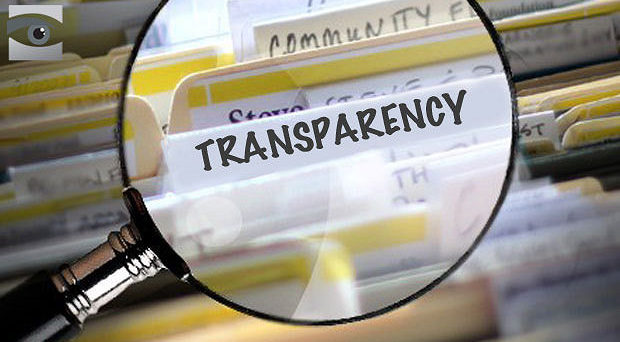
Network meta-analysis and contracting companies
For many clinical conditions multiple treatment options are assessed in randomized trials. Using network meta-analysis one can assess the comparative effectiveness of multiple interventions using both direct and indirect evidence.
Network meta-analyses are particularly useful for clinical guideline development and policy as they quantify the relative benefits and harms of multiple treatment options concurrently.
Biotech and the pharmaceutical industry are also interested in such analyses as they allow comparison of their own drug against marketed comparators for marketing or development purposes. Currently, regulatory agencies and reimbursement agencies (those that decide on which treatments will be covered by medical insurance plans), such as National Institute for Health and Care Excellence (NICE) or Canadian Agency for Drugs and Technologies in Health (CADTH), require such network meta-analyses if they are to consider the use and reimbursement of new medicines and treatments.
We found that out of the 476 network meta-analyses claimed to have been performed by 19 out of 93 contacted companies, only 102 (21%) were published.
However, often the industry does not conduct these analyses themselves but rather commissions these to contracting consulting companies, though we don’t know to what extent this is happening, until now.
In our study published today in Systematic Reviews, we aimed to estimate the number of network meta-analyses performed by these contracting companies for industry or other bodies, to assess whether they were published, and to explore reasons for non-publication.
Very low publication rates
We found that out of the 476 network meta-analyses claimed to have been performed by 19 out of 93 contacted companies, only 102 (21%) were published.
And in a subset 174 network meta-analyses (from 13 companies) we found that about 20% was not allowed to be published by the contractor (i.e. industry).
What were the reasons for non-publication?
Industry-sponsored studies probably tend to be published more when results are favorable to the sponsor, which makes sense from a marketing perspective. Alternatively, the sponsor may be unwilling to share with the public (and thus also with competitors) private information with strategic advantages.
We think it is safe to state that publication of any type of analysis done for industry cannot be separated from the overall commercial strategy and isn’t usually done with the aim of disseminating generalizable knowledge; moreover, we think that any research conducted should be shared through publication in order to inform clinical decision making, regardless of whether results are beneficial to the industry or not.
We think it is safe to state that publication of any type of analysis done for industry cannot be separated from the overall commercial strategy.
For the contracting companies themselves, other reasons for non-publication may exist. First, these companies do not necessarily have strong incentives to publish the results, even without any veto from the industry sponsor. In fact, the majority of those meta-analyses that were published also had people with academic affiliations among their authors, which would explain a traditional motivation for pursuing publication. Furthermore, manuscript preparation and publication require resources that a profit-oriented business may not want to spend.
The impact of non-publication
Non-publication, and especially when this is related to the results of the study, is obviously problematic. Non-publication of network meta-analysis results in a largely non-transparent corpus of evidence that would otherwise have been of potential value to patients, clinicians and guideline developers, and even the industry itself.
How can we improve transparency in network meta-analyses performed?
Obviously, strategies are needed to improve the publication rate of research that is performed outside of academia, or so-called stealth research.
One such strategy may be improved protocol registration, e.g. via PROSPERO, by regulatory and reimbursement agencies requiring industry to preregister a protocol before accepting their submissions. This may not necessarily improve publication rates, but at least will improve visibility of network meta-analyses being performed.
A way to improve publication rates may come from regulatory bodies that could require certain information about the submission to be made publically available, for example, mandating that a summary of the research is publicly available through publication using reporting guidelines for the transparent reporting for systematic reviews and network meta-analyses (PRISMA-NMA). Future initiatives should focus on ways to balance the interests of the industry and the public.
Comments